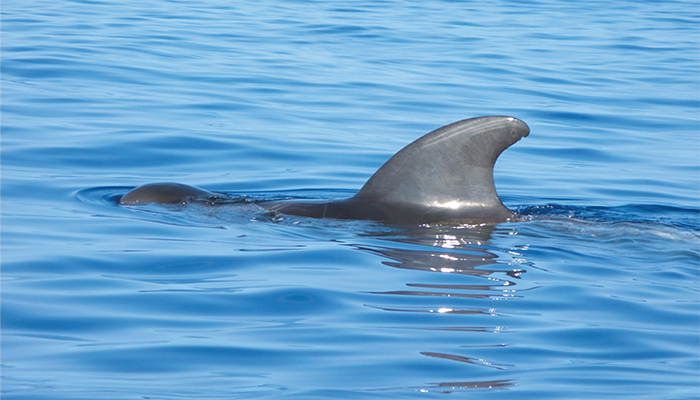
Worth Your Time
Researchers use liquid chromatography-mass spectrometry (LC-MS) with advanced lipidomics technology to prove the role of metabolic lipid disturbances in developing dental fluorosis. Link
Researchers optimize LC-MS/MS method to quantify steroid hormone concentrations in blubber samples from short-finned whales. Link
A team rapidly quantify and analyze cannabinoids using direct analysis in real time MS (DART-MS), with in-situ flash derivatization and a custom heated transfer zone – requiring only 10s per analysis. Link
LC-MS/MS combined with immunoassays evaluated to determine urinary cortisol measurements, for the diagnosis and follow-up of Cushing’s syndrome (CS). Link
Researchers use plasma proteomics to study pre- and post- ketamine treatment samples from patients suffering from major depressive disorder (MDD), revealing that immune-related processes are activated in association with ketamine’s antidepressive effect. Link
Scientists introduce BiomiX: a user-friendly and customizable resource enabling single and multi-omics analyses in a single tool. Link
Essential Reading
The Search for Cleopatra’s Sister Continues
An interdisciplinary research team has concluded that a skull discovered in the Octagon tomb in Ephesos, Turkey, in 1929 did not belong to Arsinoë IV, Cleopatra’s half-sister, as was previously theorized. Using a combination of micro-computed tomography (micro-CT), radiocarbon dating, and genetic analysis, the team determined that the remains are those of an 11- to 14-year-old.
Mass spectrometry was used to analyze isotopic composition from milligram-sized samples of the skull base and inner ear, which placed the remains between 205–36 BCE, consistent with the period of Arsinoë IV’s death in 41 BCE but incompatible with the remains being hers. “Repeated tests of the skull and femur clearly showed the presence of a Y chromosome – in other words, a male,” said Gerhard Weber in a press release.
Find out more here!
Community Corner
Remembering Raymond March
I was saddened to learn that Raymond March has recently passed away. Raymond was a member of the American Society of Mass Spectrometry (ASMS) for over 50 years, publishing seven books and over 200 manuscripts in total on mass spectrometry. A notable contribution of his was his first book, Quadrupole Storage Mass Spectrometry, published by J. Wiley & Sons in 1989 with co-authors R.J. Hughes and J.F.J. Todd.
To find out more about his life and career, his obituary can be accessed here.
Featured Interview
Last week, we published an article on the role of chromatography in the modern age of mass spectrometry from Oliver J. Schmidt. Yes, chromatography can be resource and time-inefficient, but finding alternative techniques to separate and identify difficult compounds can prove to be an arduous task, he argued.
Following up on this, we interviewed Jeffrey Zonderman, Bruker’s Senior Vice President of Bruker Applied Mass Spectrometry, to discuss the steps Bruker are taking to explore and integrate chromatography-free methods in their research and where he sees the field evolving in the next 10 to 20 years:
“In some areas, like protein analysis, we've seen that chromatography-free approaches can be highly effective. For example, in clinical MS, removing chromatography can simplify the process and reduce the need for specialized expertise. While chromatography remains crucial for certain applications, there’s a significant market for high-throughput, quantitative analysis where chromatography might not be necessary. It’s about finding the right technology for the application.”
Click here to read the full interview!




